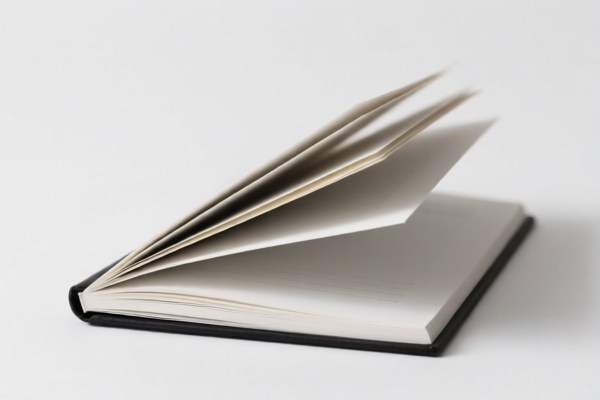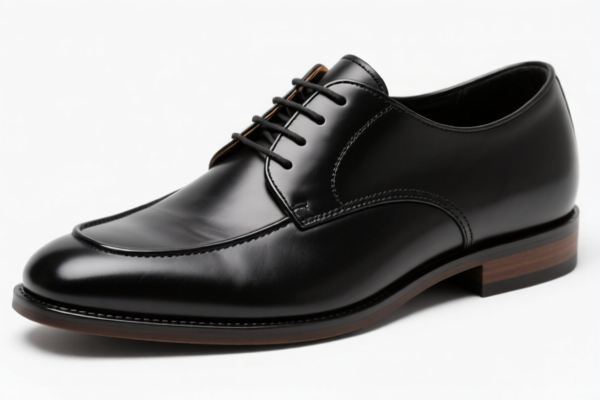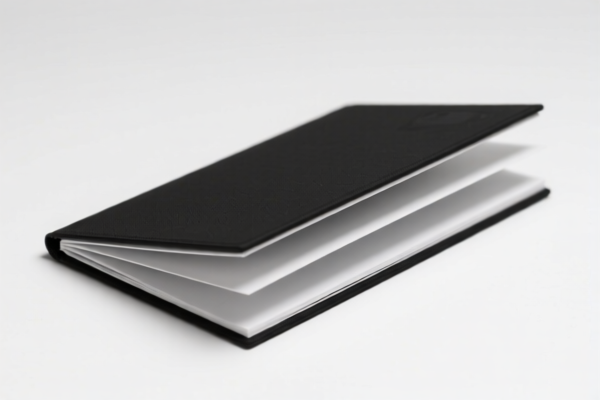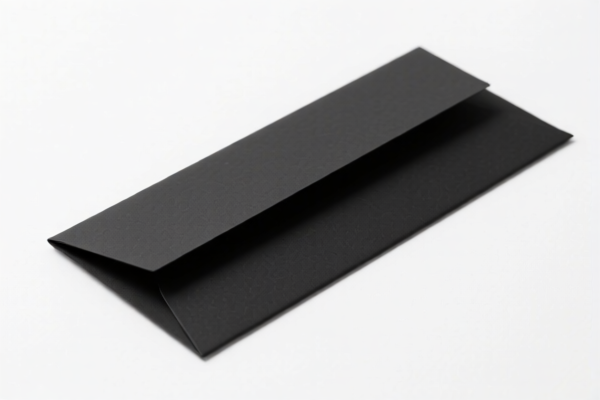| HS Code | Official Doc | Tariff Rate | Origin | Destination | Effective Date |
|---|---|---|---|---|---|
| 9406900190 | Doc | 82.9% | CN | US | 2025-05-12 |
| 9406900130 | Doc | 82.9% | CN | US | 2025-05-12 |
| 8302416045 | Doc | 83.9% | CN | US | 2025-05-12 |
| 8302496055 | Doc | 85.7% | CN | US | 2025-05-12 |
| 8301406060 | Doc | 43.2% | CN | US | 2025-05-12 |
| 8301500000 | Doc | 40.6% | CN | US | 2025-05-12 |




Cat Flap
A cat flap, also known as a pet door, is a small portal, typically installed in doors or walls, allowing a cat (or other small pet) to enter and exit a building freely while restricting access to larger animals or intruders.
Material
Cat flaps are constructed from a variety of materials, each offering different levels of durability, insulation, and security:
- Plastic: The most common and affordable option. Suitable for basic needs, but less durable and secure.
- Metal: Offers increased durability and resistance to damage. Often used in conjunction with plastic components. Aluminum is a common choice.
- Magnetic: Incorporates magnets to create a tighter seal, providing better insulation and weatherproofing.
- Brush: Features flexible brush strips around the flap to create a seal and reduce drafts.
- Glass/Acrylic: Used in more premium models, offering visibility and a modern aesthetic.
Purpose
The primary purpose of a cat flap is to provide independent access for a pet, eliminating the need for human intervention to let them in or out. This offers convenience for both the pet and the owner.
Function
Cat flaps operate using different mechanisms:
- Simple Flap: A basic hinged flap that swings open when pushed.
- Magnetic: Uses a magnetic collar tag worn by the pet to activate the opening mechanism.
- Infrared/Radio Frequency (RF) ID: Uses a collar tag with an electronic chip that communicates with a sensor in the flap.
- Microchip: Reads the pet's existing microchip for access.
- Timer/Sensor: Operates based on a pre-set timer or sensors detecting the pet's presence.
Usage Scenarios
- Indoor/Outdoor Access: Allowing cats to roam freely between indoors and a secure outdoor space (garden, patio).
- Multi-Pet Households: Providing selective access, preventing unwanted animals from entering.
- Homes with Limited Accessibility: Assisting owners who have difficulty physically opening doors for their pets.
- Temperature Control: Reducing heat loss or gain by providing a sealed entry point.
Common Types
- Basic Cat Flaps: Simple hinged flaps, often made of plastic.
- Magnetic Cat Flaps: Offer better sealing and security.
- Electronic Cat Flaps: Provide selective access based on collar tags.
- Dual-Scanning Cat Flaps: Allow multiple pets with different collar tags to be recognized.
- Energy-Efficient Cat Flaps: Designed with multiple layers and seals to minimize heat loss.
- Large/Extra-Large Cat Flaps: Accommodate larger breeds or multiple pets.
- Wall-Mounted Cat Flaps: Installed directly into walls, offering a more permanent solution.
Based on the provided reference material, determining the precise HS code for a “cat flap” is challenging as it is not explicitly listed. However, we can explore potential classifications based on its components and function. Considering a cat flap typically involves metal fittings and may incorporate locking mechanisms, the following HS codes are potentially relevant:
-
8302416045: Base metal mountings, fittings and similar articles suitable for furniture, doors, staircases, windows, blinds, coachwork, saddlery, trunks, chests, caskets or the like; base metal hat racks, hat-pegs, brackets and similar fixtures; castors with mountings of base metal; automatic door closers of base metal; and base metal parts thereof: Other mountings, fittings and similar articles, and parts thereof: Suitable for buildings: Other: Of iron or steel, of aluminum or of zinc Suitable for interior and exterior doors (except garage, overhead or sliding doors): Other. This code covers mountings and fittings for doors, which a cat flap utilizes. The description specifies suitability for interior and exterior doors.
- Chapter 83: Metal working products, not elsewhere specified or included.
- Heading 8302: Base metal mountings, fittings and similar articles.
- Subheading 8302416045: Specifically for mountings and fittings suitable for buildings, made of iron, steel, aluminum, or zinc, for interior and exterior doors.
-
8302496055: Base metal mountings, fittings and similar articles suitable for furniture, doors, staircases, windows, blinds, coachwork, saddlery, trunks, chests, caskets or the like; base metal hat racks, hat-pegs, brackets and similar fixtures; castors with mountings of base metal; automatic door closers of base metal; and base metal parts thereof: Other mountings, fittings and similar articles, and parts thereof: Other: Other: Of iron or steel, of aluminum or of zinc Other: For aircraft, vessels and other vehicles (except motor vehicles) of section XVII. This code covers other mountings and fittings, potentially applicable if the cat flap is used in a non-standard building context.
- Chapter 83: Metal working products, not elsewhere specified or included.
- Heading 8302: Base metal mountings, fittings and similar articles.
- Subheading 8302496055: Specifically for other mountings and fittings made of iron, steel, aluminum, or zinc, for use in aircraft, vessels, and other vehicles.
-
8301406060: Padlocks and locks (key, combination or electrically operated), of base metal; clasps and frames with clasps, incorporating locks, of base metal; keys and parts of any of the foregoing articles, of base metal: Other locks: Other. If the cat flap incorporates a locking mechanism, this code may be relevant.
- Chapter 83: Metal working products, not elsewhere specified or included.
- Heading 8301: Padlocks and locks.
- Subheading 8301406060: Specifically for other locks made of base metal.
According to the provided reference material, the HS code options related to 'cat flap' are limited, with only the following 3 found.
It is important to note that the final HS code determination depends on the specific materials used and the functionality of the cat flap. If the cat flap includes a locking mechanism, HS code 8301406060 should be considered. If it is simply a door fitting, HS code 8302416045 or 8302496055 may be more appropriate.
Customer Reviews
No reviews yet.